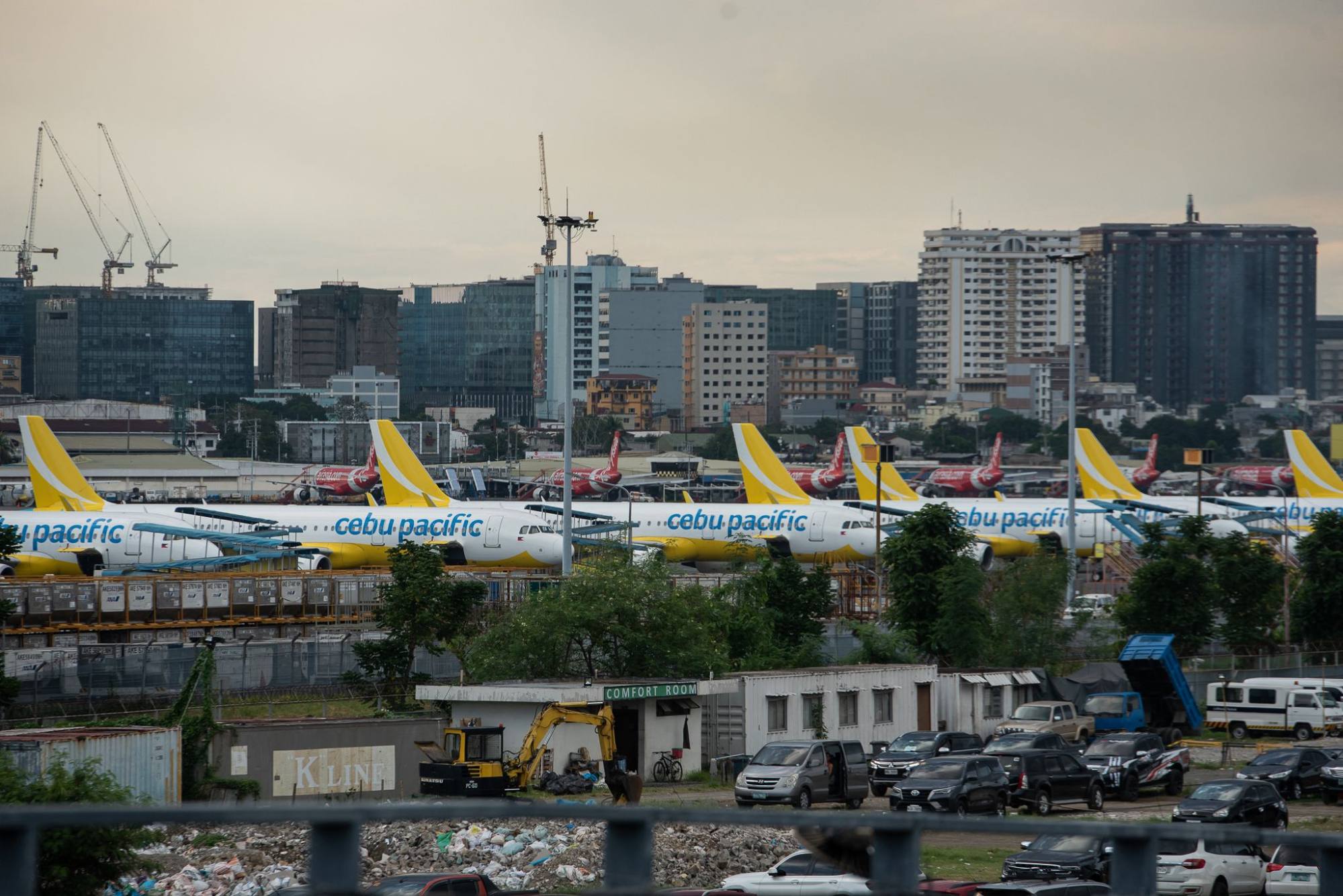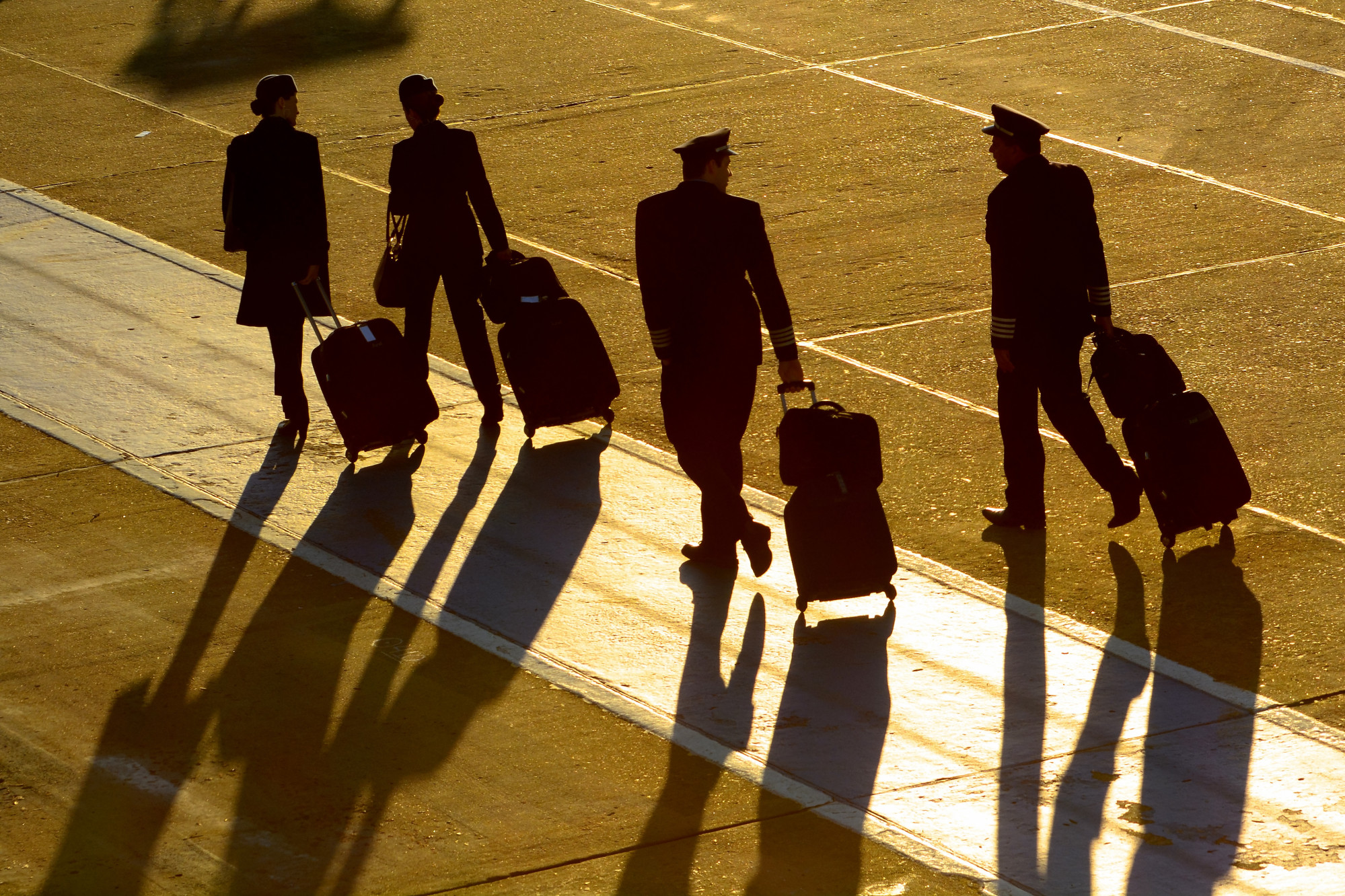
Bumpy recovery for Asia’s aviation sector as flight disruptions persist amid pilot shortage, supply chain woes
- The later restart of the Asia-Pacific aviation industry meant it coincided with severe supply chain issues caused by geopolitical and trade tensions, analysts noted
- Pilot shortage is expected to worsen over the next decade, posing significant challenges for airlines, while slot hoarding by airports will also hamper recovery efforts
While the global airline industry shows signs of recovery from the Covid-19 pandemic, the Asia-Pacific region continues to face significant operational challenges, with industry data showing that issues such as slower border reopenings, pilot shortages and supply chain disruptions are hampering recovery efforts.
According to aviation analytics firm OAG, global airline capacity is at about 97 per cent of its pre-2020 levels, with scheduled flights at 91 per cent, while the International Air Transport Association reports a near 30 per cent increase in seat capacity over the year, signalling a robust rebound.
However, flight disruptions, including delays and cancellations, remain a significant issue globally, exacerbated by delayed aircraft deliveries, shortages of parts for existing fleets, and a critical shortage of specialised aviation labour.
“Although there has been progress, the reality is that a full recovery – and indeed four years’ lost capacity growth – is going to be a struggle,” OAG said in an analysis earlier this month.
The Asia-Pacific region shares these global disruptions but faces additional challenges, such as less efficient airports struggling to handle sudden spikes in passenger volumes. OAG’s 2023 punctuality league showed a decline in the number of Asia-Pacific airlines among the top 20 most on-time and least cancelled airlines worldwide.
The average on-time rate for Asia-Pacific airlines is now at 86 per cent, slightly below 2019’s 87.02 per cent, with a higher average cancellation rate than the global average.
Subhas Menon, director general of the Association of Asia-Pacific Airlines, noted the later restart of the Asia-Pacific aviation industry compared with other parts of the world meant it coincided with severe supply chain issues caused by geopolitical and trade tensions.
“As a result, there has been a delay in the airlines’ ability to upgrade their fleets as well as servicing their aircraft after the end of the pandemic,” Menon told This Week in Asia. The issue was further compounded by continued resource constraints, including manpower, he added.

Grievances
Air India had trouble getting lift-off this year, with many of its international flights cancelled.
In November, the Indian Directorate General of Civil Aviation took a second round of actions against the airline for not “providing mandatory facilities to passengers who are denied boarding or whose flights are delayed/cancelled”.
Air India did not respond to requests for comment.
Qantas’ Singapore flights to Sydney and Perth in August suffered extended delays of up to eight hours. Qantas told This Week in Asia the causes of delays included engineering reasons and airport closures.
In the Philippines, mounting complaints of delays and cancellations of Cebu Pacific flights sparked a senate inquiry into the airline in August. Senators grilled the airline about overbooking, while aggrieved passengers recounted hellish experiences of sudden cancellations.
Cebu told This Week in Asia that, among other reparations, it had sought to improve its customer service, for example by extending the validity of travel vouchers to 18 months from six months. It also expanded its support teams.

Much of Cebu’s issues stem from supply chain delays in spare parts and delivery of Airbus aircraft, along with grounding a fleet of aircraft with troubled Pratt & Whitney engines.
OAG’s head of Asia, Mayur Patel, warned that problems with that particular engine could continue to cause flight cancellations globally.
In the Asia-Pacific, the manpower shortage extended from pilots to ground handling and cabin crew. Of course, pilots are the hardest to replace, and when the pandemic broke, many pilots took early retirement or left for other jobs in other regions.
“Many moved to the US, Europe and Middle East carriers in view of their stronger recovery trajectory in those markets. However, this is a temporary people movement issue which will normalise over time as new recruitment and training programmes take hold,” he said, but added that training new pilots could take as long as three to four years.
Senior pilots who flew long-haul flights also retired early, he said.
Indeed, former commercial pilot Marcus Lim told This Week in Asia he had no plans to return to flying after becoming a trader during the pandemic “in case the next crisis put him out of a job again”.

Aviation management consulting firm Oliver Wyman’s forecast last year indicated that the demand for pilots would outstrip supply in most regions between 2022 and 2024, worsening over the next decade. This shortage poses significant challenges for airlines, given that scheduling of routes and slots at airports takes place up to 12 months in advance.
Slot hoarding by airports in the Asia-Pacific can complicate recovery efforts. Jae Woon Lee, an aviation law expert at the Chinese University of Hong Kong, highlights that around 300,000 seats every month are wasted due to airlines not obtaining slots, as airports try to prioritise their national carriers.
“When I actually pulled up numbers from our system, there were somewhere around 300,000 seats every month that were wasted by these airlines who were not able to get their slots, because airports were trying to protect their carriers to help them recover,” said Lee, adding that the problem was more chronic in the Asia-Pacific due to the fragmented nature of the airport industry in the region.
Despite these challenges, the demand for flights in the region remains strong. Patel noted that “travel recovery in the Asia-Pacific is resilient … the propensity for people to travel is high on the back of [the] rising middle class, emergence of low-cost carriers with point-to-point service”.

